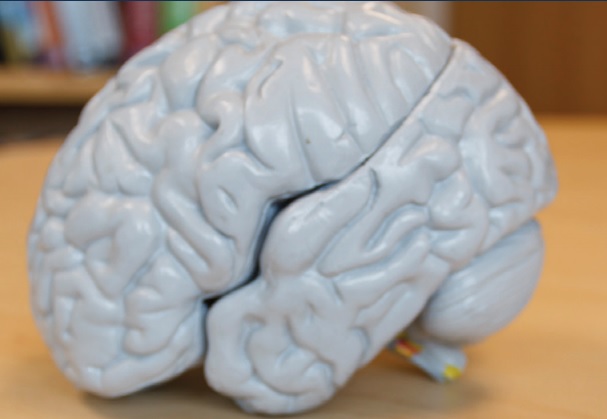
“Using brain tissue grown from patient-derived iPSCs, Dr. My colleague, Todd Dubnicoff, blogged about Pasca’s research last year: Sergiu Pasca, Stanford University (Image credit: Steve Fisch) Pasca and his lab have previously published methods to make different types of brain organoids from induced pluripotent stem cells (iPSCs) that recapitulate human brain developmental events in a dish. Sergiu Pasca is a professor at Stanford University who is using 3D cultures to understand human brain development.

These structures allow scientists to dissect the inner workings of the brain – something they can’t do with living patients.ĭr.

Scientists are using brain organoids to study the development of the human nervous system and also to model neurological diseases and psychiatric disorders. You can think of them as miniature models of the human brain, containing many of the brain’s various cell types, structures, and regions. These are 3D brain organoids generated from human pluripotent stem cells growing in a culture dish.

(Image from Pasca Lab, Stanford University)Ĭan you guess what the tiny white balls are in this photo? I’ll give you a hint, they represent the organ that you’re using right now to answer my question.


 0 kommentar(er)
0 kommentar(er)
